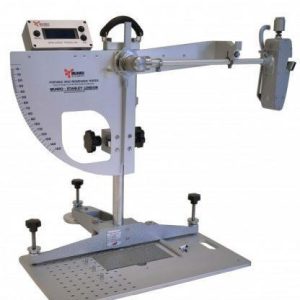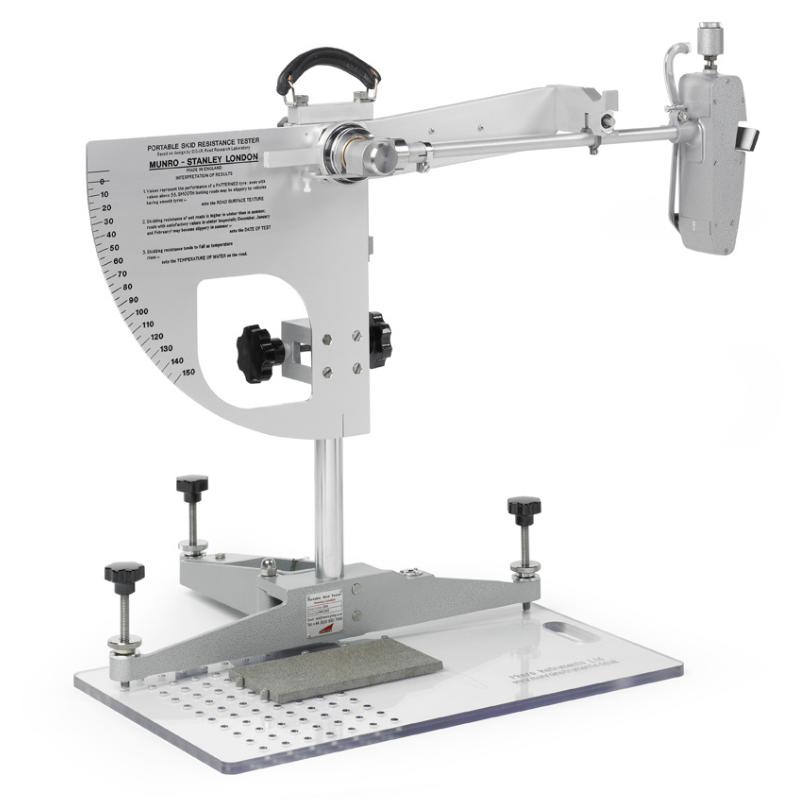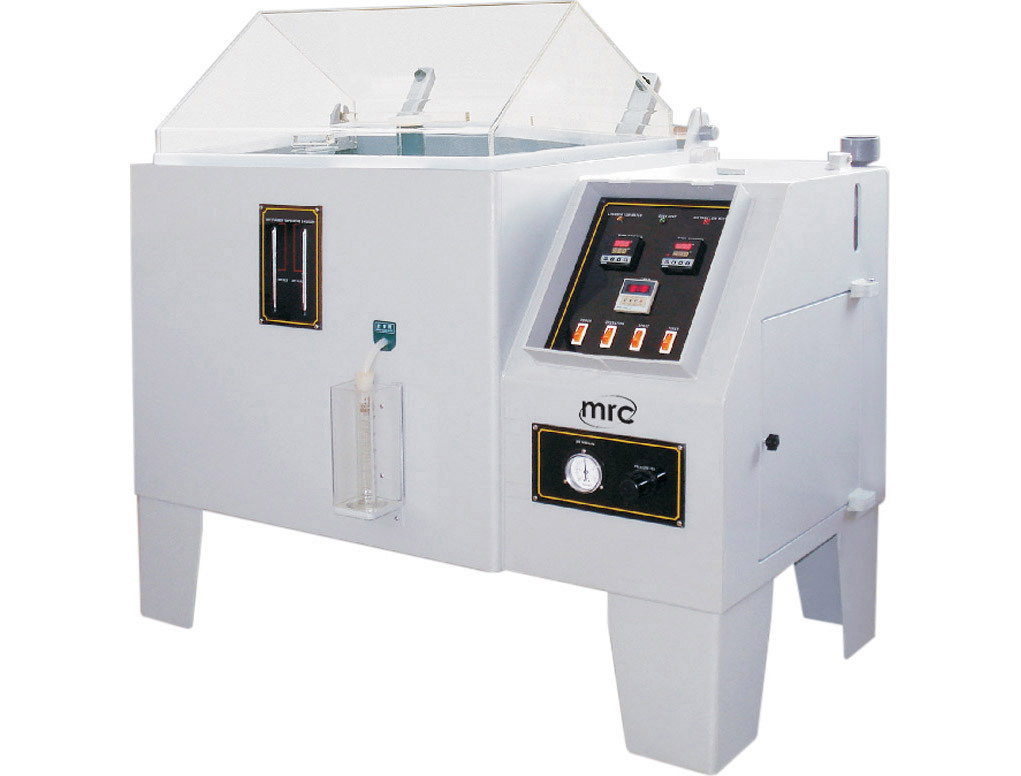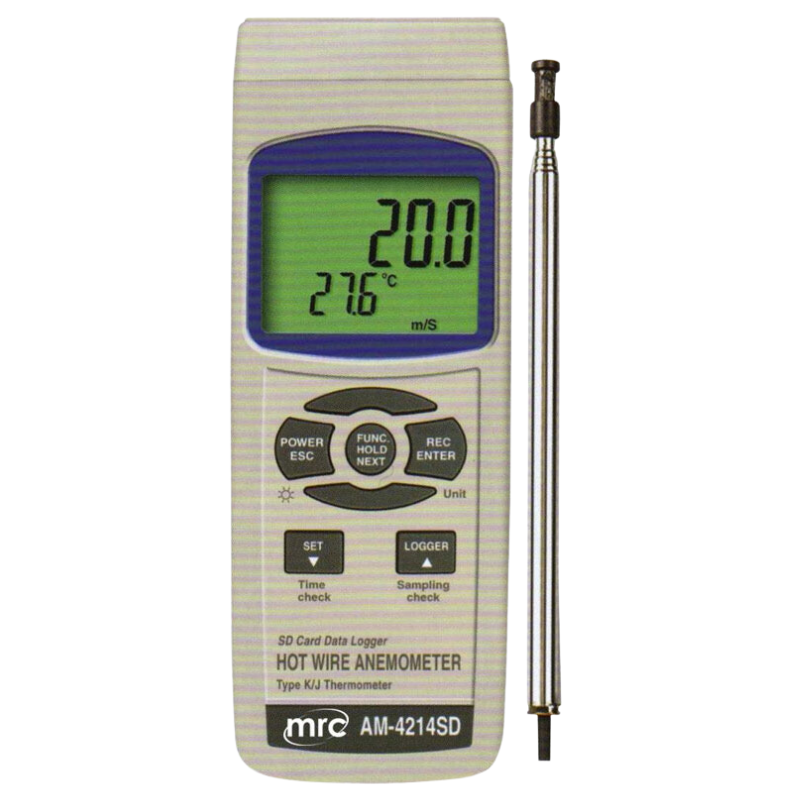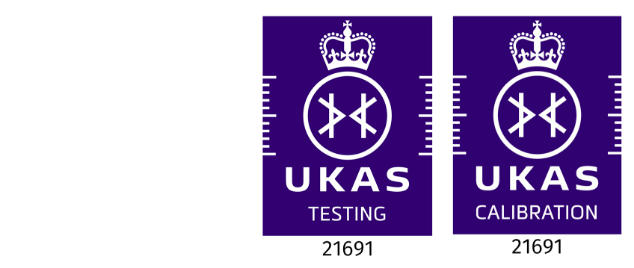The pendulum test is used to determine the amount of friction generated by some floor surface whenever a foot makes contact with it. It is capable of determining the slip potential of dry, wet, and contaminated flooring. This method of floor testing is recognized by the UK Health and Safety Executive as adequate for obtaining results that are consistent, reproducible, and correct in the event of corporate floor safety and any claims made due to slip injury. This pendulum testing safeguards clients and the staff. For making sure that people are safe, the UK Government requires floor risk assessments mandatorily. Violations of safety and health can result in a substantial fine or a year in prison.
Pendulum Test Working:
A rubber slider at the end of a hefty swinging arm is used in the pendulum testing apparatus. The arm of the Pendulum Test is lifted to a predetermined elevate and precisely recorded, and then released from that position (A). After this, its heavy arm swings inside an arc with contact made at one point (B) by the rubber slider and the floor. The rubber slider on the swinging arm’s end is held in place by a spring-loaded device, permitting this arm to ‘give’ as it meets with the floor and swings from across the floor via its arc. The length of the arm influences the level of slipperiness the floor has (C). The floor has less resistance and more slipperiness if the movement of the arm is farther.
Different methods performed:
The ‘On-Site’ Pendulum Test:
The inbuilt spirit levels the device for testing the pendulum positioned on a floor spot. The pendulum’s swingarm is then lowered to the floor. Its elevation is altered using a floor surface gauge that calculates the duplicated ‘footprint.’ The gadget can perform floor testing after determining and recording the ambient temperature.
Dry Floor/Slip test:
After the floor is wiped clean of debris and dust, it is tested ‘as is’ – Preparing the floor with solvents or other chemicals defeats the purpose. Testing the surface ‘as is’ indicates the usual floor slip condition and frequently shows that a poor cleaning regime can become a cause of floor slips.
For settling the rubber slider, the Pendulum Test Equipment’s arm is swung three times, followed by five actual test swings. Values are recorded of all the eight swings, and the average of the last five yields the PTV or Floor Slip Resistance Value.
Repeating the Pendulum Test for Dry Floors in various planes:
This technique of leveling, inspecting the ‘footprint,’ and doing the eight swings is performed two or three more times. The UKSRG recommends performing the exercise three times at angles of 0, 45, and 90 degrees in the very same location.
The Dry Floor Test for different locations:
The Pendulum Tester then transfers the Pendulum Testing Equipment to a different location on the floor and repeats all the steps. There are 3 spots that are normally tested.
Floor spot tests:
- First: High footfall area
- Second: Near a wall or where the floor is not usually walked upon.
- Third: Average footfall area
Dry Floor: Contaminated Floor Test:
A supplementary set of pendulum test swings will be performed if your floors are regularly contaminated with powders, blood, oil, urine, sawdust, etc. A contaminant representative of the work environment will be sprayed on the dry floor.
Wet Floor/ slip Test:
The entire floor testing procedure is repeated, as stated previously, after spraying potable water on the dry floor to be tested. Each time the pendulum swings, the floor is sprinkled to simulate the worst-case scenario like a freshly cleaned floor that is still wet or has severe rainfall.
Wet Floor: Contaminated Floor Test:
There may be instances where a pollutant and a moist floor coexist, so they will be checked for.
Munro’s Slip Resistance Testing Service Performs a Slip Risk Assessment to help you identify and rectify slippery surfaces, reducing the risk of slip to an acceptable minimum, and providing defence against one of the most common accident types.

